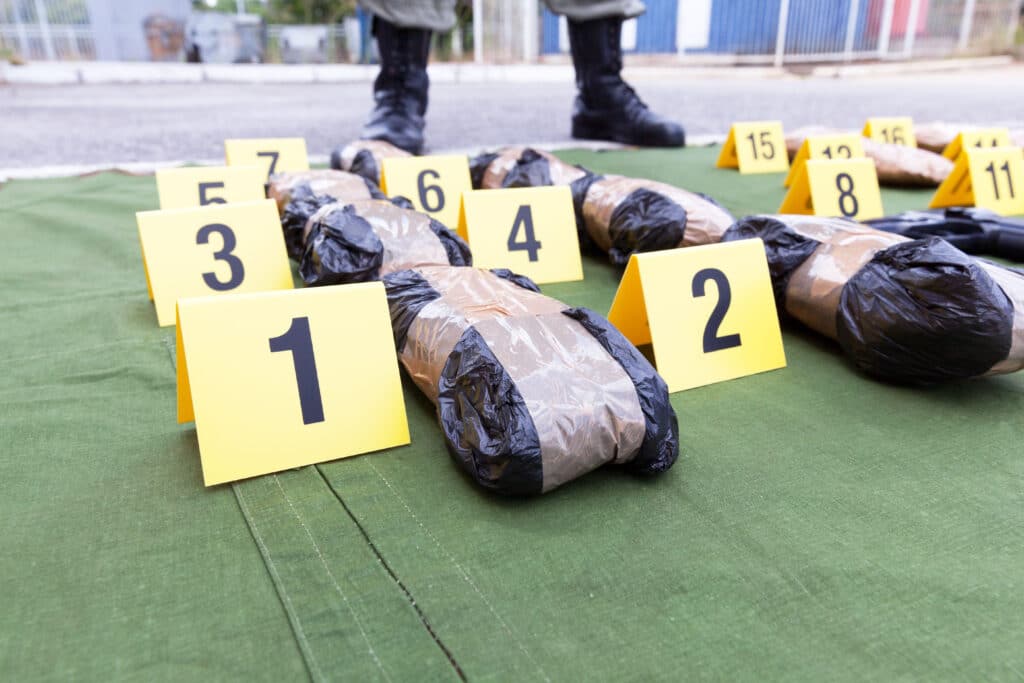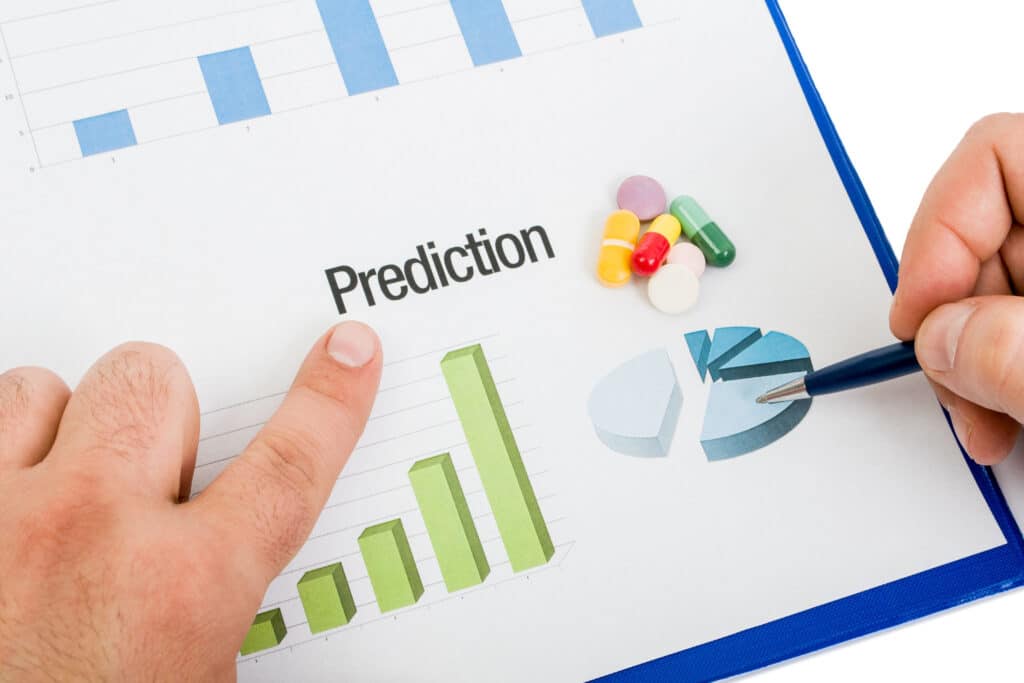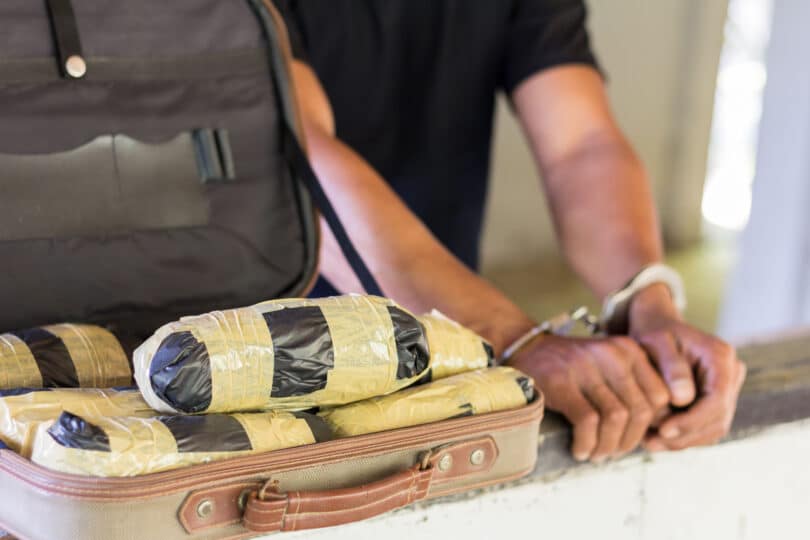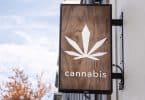Black markets and drug trafficking get a lot of news; but we’re rarely told by news purveyors, how the numbers are reached. Here’s a lowdown on how drug seizures are used to predict black markets.
Black markets and drug trafficking
The first thing to understand about black markets and drug trafficking, is that we really don’t know what goes on. Government agency and activist groups love spewing out numbers and driving up fear; but the reality of these numbers, is that they’re unreliable at best. And this is for one main reason that accounts for all black markets and all trafficking of illegal products.
Black market operations don’t report to any government. They just don’t. There is no counting of scanned product, no government auditing, no tax collection and submission, and no government oversight. Whereas the sale of legal products is registered, and creates measurable data points; this is not the same for a black market.
Black markets can exist for purely illegal products; like meth, or crack, or endangered species. And they can exist as a counterpart to a legal industry; like knock off designer clothes, or a house cleaner operating off the books, or an illicit cannabis dispensary. A black market does not indicate the product itself must be illegal; but it does indicate that how its sold, is. As long as its not a taxable item, or registered in some way; it stands as part of the black market.

The black market is not one market, though. If that were the case, measurements might be more accurate. However, black markets are simply illegal markets, and they are run by different operators, who often have no connection to each other. So, not only is the industry hard to keep track of as a whole; but its nearly impossible to know the specifics of a particular operation; or to even know which products and services, are overseen by who.
How are black markets and drug trafficking measured?
If governments get no incoming data on product production or sales, why do they so often try to tell us how big a market is, in such specific terms? A recent example, is Colombia, and reports that came out saying the country was close to exporting more cocaine than oil, in terms of profit. The Bloomberg article writer who posited this; made these approximations according to a UN report released just prior.
The UN report stated things like: a 13% increase in the number of acres of coca, up to 504,000, compared to 2022’s 418,000. It said this means Colombia is capable of producing 1,738 metric tons of cocaine hydrochloride. It also said this number is a 24% increase from 2021 numbers. This all sounds so specific. So, how did the UN know, when not one of these operations filed official forms for anything?
Any number given about a black market, or drug trafficking, is an estimate. These estimates are based on a few things that bring in information. Arrests and seizures make up the bulk of it, and these numbers are what instigate reports like what the UN published. This accounts for arrests of dealers, producers, and anyone else related; as well as anything that is stopped while moving. This can mean intercepting a ship carrying cocaine across an ocean, a truck with weed crossing state lines, or even a person walking across a border with drugs hidden on them. All this information can be tabulated.
These tabulations don’t actually tell about a full market though, they tell a story of arrests and seizures, and how much was found in this way. In the case of Colombia, it means law enforcement absolutely did not seize 1,738 metric tons of cocaine. That total number is based off the idea that what was found, is a certain percentage of an overall market.
There is no specific rule for how to calculate an overall market; and different agencies come out with different approximations. A France24 article about captagon in the Middle East exemplifies the topic well. The article, from last year, spoke of the rising captagon trade in Syria; and explained how it came to its estimates about market size. The total market approximations rest on an assumption made by regional law enforcement, that they only catch 10% of illicit shipments; meaning when estimating the total market, they’re multiplying the seizures they do have, by 10.

France24 was more conservative, in an effort to not over-predict the market, and made the assumption that current seizures account for more like 20% of the total market. This means the seizure number is multiplied by 5. The article then explains that there were 460 million pills seized in 2021 (apparently according to “official sources and expert knowledge”). This leads to an estimate of 2.3 billion pills produced for the year; with each tablet estimated as costing $5. This leads to an estimate of a market worth at least $10 billion.
As you can see, estimate builds on estimate; and its all based on an assumption of what the seized amount represents as per the total, and what the cost of a product is across the board. At no point did the country actually seize 2.3 billion pills, or $10 billion worth of product. Nor did it verify that $5 is the average cost of a pill. This idea of using what is known to approximate a bigger market, is the same with arrests of people. If a certain number of people are arrested as operators, this number is used to generate wider industry numbers.
Bu, what if some areas of a country, or some government personnel, work harder at seizing products than others? What if more was randomly seized from an area that produces less overall, or what if some criminal organizations are better at not getting caught? What if seizures only account for 1/20th of the market, or are as high as 1/4th. In the case of captagon, the original estimation that seized amounts total 1/10th of the market; is already going out on a limb. Numbers like these are often stated in a way that sounds like every pill was counted; and this is the main way that illegal drug markets are reported on.
Other ways to gather information on black markets
Estimates from arrests and seizures are the main way we get data about the size of black markets and trafficking operations. But there are other ways to collect data. For example, informants. Not everyone keeps their mouth shut in life. Whether its simply for personal gain, or whether it comes from someone trying to reduce their own punishment; information does get leaked. This information can directly lead to arrests and seizures, but it can also give direct insight into things that the arrests and seizures might not cover.
Law enforcement is also often capable of infiltrating operations. This, likewise, can give a clearer view of the actual numbers in an operation, or a specific part of it. Think of what can be uncovered if someone is actually able to view an underground lab, or see the amount of a product being made or transported.
Another method of estimating market size, is asking people in surveys about things like personal use and buying habits. This relies on the participants wanting to be honest, not fearing repercussions for their admissions, and not worrying about outing a wanted drug source. The reliability is questionable; but in a lot of settings, people are very willing to speak on these topics. Especially if its anonymous, or there is no chance of danger. This information is less likely to lead to arrests and seizures; but works to build a more realistic take on a user market.

Do these methods lead to accurate numbers? I can’t say ‘no,’ anymore than I can say ‘yes.’ Logically, all of these methods have holes. There is no actual accounting for what percentage of shipments get busted; and the idea that everything is based off wide approximations, weakens other statistics. Plus, informants sometimes play both sides, or only know (or will speak of) small areas within a larger world. In terms of survey takers; they’re only going to account for a small percentage, they can easily lie, and they might not represent the overall population accurately.
So no, we really don’t know specific numbers for black market operations, or how much of any drug gets trafficked. But we are so accustomed to having numbers thrown at us as facts; that most will see that article on Colombia exporting more cocaine than oil, and automatically believe it. Maybe its true, and maybe its not. And maybe organizations like to sell stories with impossible to verify numbers, for reasons more related to politics, and less related to the truth of a situation.
Conclusion
Regardless of how much a person might want a hard and fast answer to something; these answers don’t always exist. Looking at how drug trafficking and black markets are measured, is a great example of how wild estimates are often reported as something way closer to fact.
Thanks for coming by! We welcome you to Cannadelics.com; an independent publication dedicated to reporting on the wide world of drugs. We make it interesting, so come around regularly to catch up. And sign yourself up to the Cannadelics Weekly Newsletter; for a range of product offers, alongside the news.









